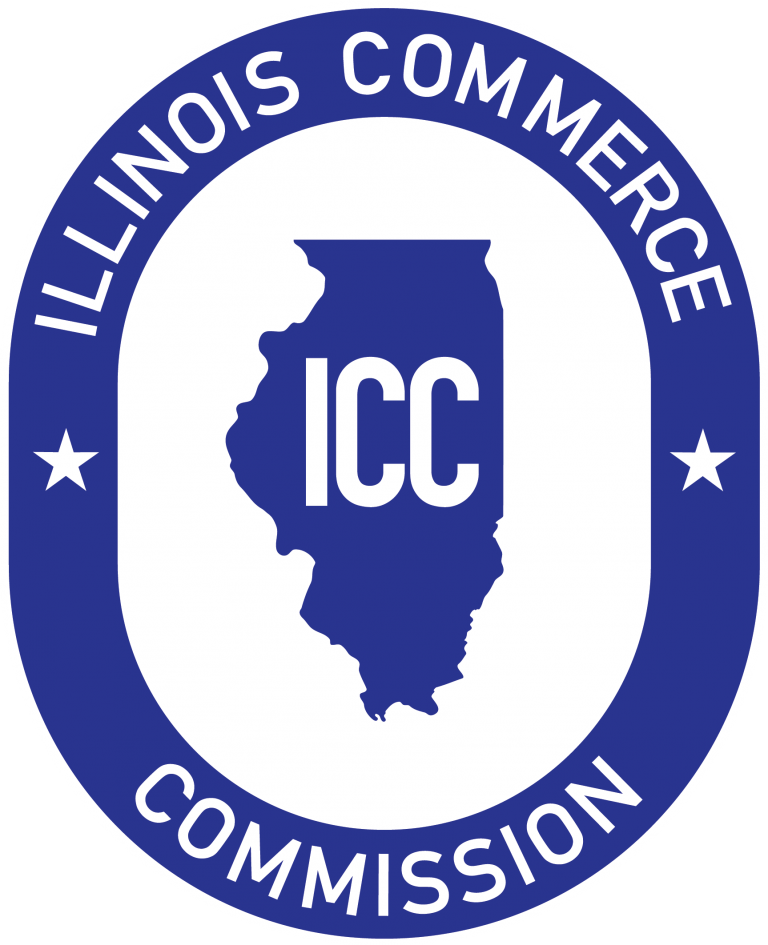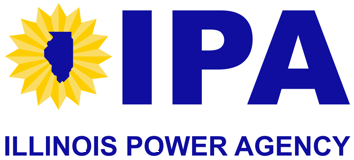Illinois
Overview
Illinois established two community solar programs in 2016 and has since become one of the country’s largest markets
Latest Illinois Policy Updates
June 2025
Clean energy advocates in Illinois pushed energy legislation until the final day of session, but were unable to get the battery storage-focused bill over the line. There’s still hope that the package could be picked back up in a special or veto session later this year. Solstice and Nexamp held meetings with all five Illinois Commerce Commissioners in June to discuss a range of issues we’ve experienced regarding the rollout of consolidated billing. Meaningful progress has been hard to come by via direct engagement with both utilities, but Solstice remains committed to ensuring that the single-bill offering in Illinois works for subscribers and asset owners alike. Lastly, the 2025/26 program year opened for Illinois Shines with new community solar capacity.
February 2025
ComEd’s community solar subscribers have been dealing with billing issues since the utility’s system upgrade early last year. For the past several months, subscribers on consolidated billing projects have been seeing presentation issues and erroneous charges on their bills (see details from our friends at Illinois’ Citizens Utility Board). The good news is that this issue has finally been resolved as of mid-February. In the coming months, we’ll be watching an industry bill (HB 3758) which would improve the net crediting (consolidated billing) model to align with New York and New Jersey.
October 2024
ComEd has returned to its regular community solar crediting cadence after spending the last several months applying credits that were missing from customer bills dating back to February. Community solar providers have resumed billing customers for new credits and are beginning to bill for the delayed credits, now that customers are finally seeing those savings. Progress has been made but the billing system upgrade issues are not yet behind us. Over the next few months, we will better understand the impacts to community solar’s reputation among ComEd customers and the revenue impacts across projects.
June 2024
Earlier this year, ComEd completed the transition to a new billing system, which has come with a host of issues for the utility’s customers. The biggest issue in community solar is that subscribers did not see any credits on their bills in February, March, April, or May. The Illinois Commerce Commission has been facilitating weekly meetings between community solar stakeholders and ComEd, via which the utility has communicated it expects to have issued 100% of the delayed credits to customers by the end of July.
March 2024
On February 22, the Illinois Commerce Commission (ICC) released its final order approving the Illinois Power Agency’s Long-Term Renewable Resources Procurement Plan for 2024. Highlights for the Adjustable Block Program include that the ICC will continue allowing large accounts to split subscriptions across projects and interconnection agreements will continue to earn points toward community solar applications. For Illinois Solar for All, master-metered buildings will unfortunately only be allowed on projects as anchor tenants beginning in the coming program year.
February 2024
New capacity for the 24/25 Illinois Shines’ program year is scheduled to open on June 1. The Illinois Solar for All program released its latest community solar awards on January 23. Approval of the Illinois Power Agency’s 2024 Long-Term Renewable Resources Procurement Plan is expected by February 20 via an ICC decision.
Program History
Administrators




CS Incentives
Illinois Shines (the Adjustable Block Program)
ABP is the state’s solar incentive program for distributed generation and community solar. The program uses a MW block model to determine the REC incentive for each established amount of project capacity. Four of ABP’s six categories support community solar deployment:
- (1) Traditional community solar
- (2) Community solar serving Public Schools
- (3) Community-driven community solar
- (4) Community solar submitted by equity eligible contractors
Illinois Solar for All
ILSFA is the state’s low-income solar incentive program which includes a sub-program for community solar
Non-program community solar
For projects outside of the existing community solar programs, developers can forgo REC contracts with the state and instead sell RECs on their own terms. Both utility tariffs governing community solar still apply, meaning subscribers to these projects receive the same billing and crediting service as subscribers to ABP and ILSFA projects
Community solar RECs
Community solar REC prices are determined by the IPA and paid out to projects accordingly (excluding non-program projects); ILSFA REC prices are higher than ABP REC prices to compensate for the additional costs required to enroll and manage ILSFA projects
Community solar credit rate
- Price to compare: a monetary crediting mechanism that is calculated for each utility by adding the electric supply charge and transmission services charge
- ComEd and Ameren both have different credit rates dependent on service classes, as explained in the utilities’ community solar tariffs
Utilities




Subscribers
Anchor subscribers
- Maximum 50% of capacity to large subscribers but no individual customer can subscribe to more than 40% of a project’s capacity
- Demand-billed customers or small commercial customers with subscriptions larger than 25 kW
Small subscribers
- Minimum 50% of capacity to small subscribers (there used to be a small subscriber adder which is now instead included in the base REC price)
- Residential customers or small commercial customers with subscriptions smaller than 25 kW
ILSFA subscriber carveout
- Minimum 50% of project capacity to eligible subscribers but the ILSFA REC payments are only made for capacity that is subscribed by ILSFA-qualified customers
ILSFA subscriber eligibility options
- Geo-eligibility with income affidavit
- Categorical eligibility (proof of participation in an approved program)
- Proof of income
Billing
Billing type
- Net crediting has been implemented by both ComEd and Ameren as of 2024, but the utilities are offering a billing and remittance service, as opposed to the net crediting model established in New York
- Utilities charge an administrative fee for net crediting equal to two percent of the total bill credit value generated in each month
Credit banking
- Unsubscribed energy is purchased by the utility every month at the avoided cost rate
- Subscribers can bank excess credits indefinitely
Get PDF by email
Share your feedback
Contact our policy team
Don’t Miss Critical Market Updates
Get the latest policy news, articles, and resources, sent straight to your inbox every month.
On this page
Policy hub map
Select a state


